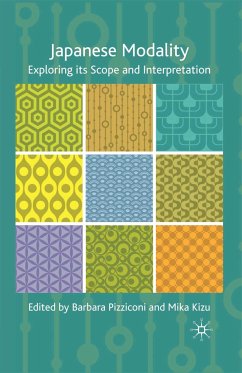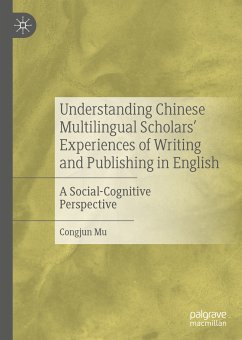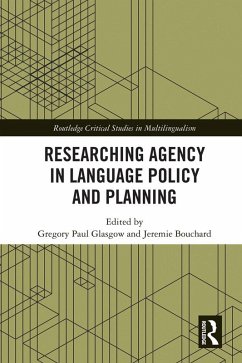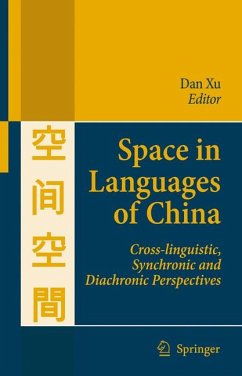
Planning Chinese Characters (eBook, PDF)
Reaction, Evolution or Revolution?
Versandkostenfrei!
Sofort per Download lieferbar
80,95 €
inkl. MwSt.
Weitere Ausgaben:

PAYBACK Punkte
40 °P sammeln!
The whole world has been watching the vast changes that are currently occurring in China, but few people are aware that at the same time, to ensure the writing system serves these changes well, Chinese characters have also undergone significant reform. While focusing on current problems, developments and possible solutions, this book also details the major implementation of language planning programs for the modernization of the Chinese writing system that have occurred over the last century. The volume provides a broad and in-depth analysis of the conflict between one of the world's oldest su...
The whole world has been watching the vast changes that are currently occurring in China, but few people are aware that at the same time, to ensure the writing system serves these changes well, Chinese characters have also undergone significant reform. While focusing on current problems, developments and possible solutions, this book also details the major implementation of language planning programs for the modernization of the Chinese writing system that have occurred over the last century. The volume provides a broad and in-depth analysis of the conflict between one of the world's oldest surviving script systems and the latest developments in communication technology. Comprehensive in coverage, interdisciplinary in structure, with copious references to assist readers in locating a wide range of resources, this book offers an analytic discussion of character planning that will prove of great value to language policymakers and those who are interested in China/East Asian studies and sinology.
Dieser Download kann aus rechtlichen Gründen nur mit Rechnungsadresse in A, B, BG, CY, CZ, D, DK, EW, E, FIN, F, GR, HR, H, IRL, I, LT, L, LR, M, NL, PL, P, R, S, SLO, SK ausgeliefert werden.












